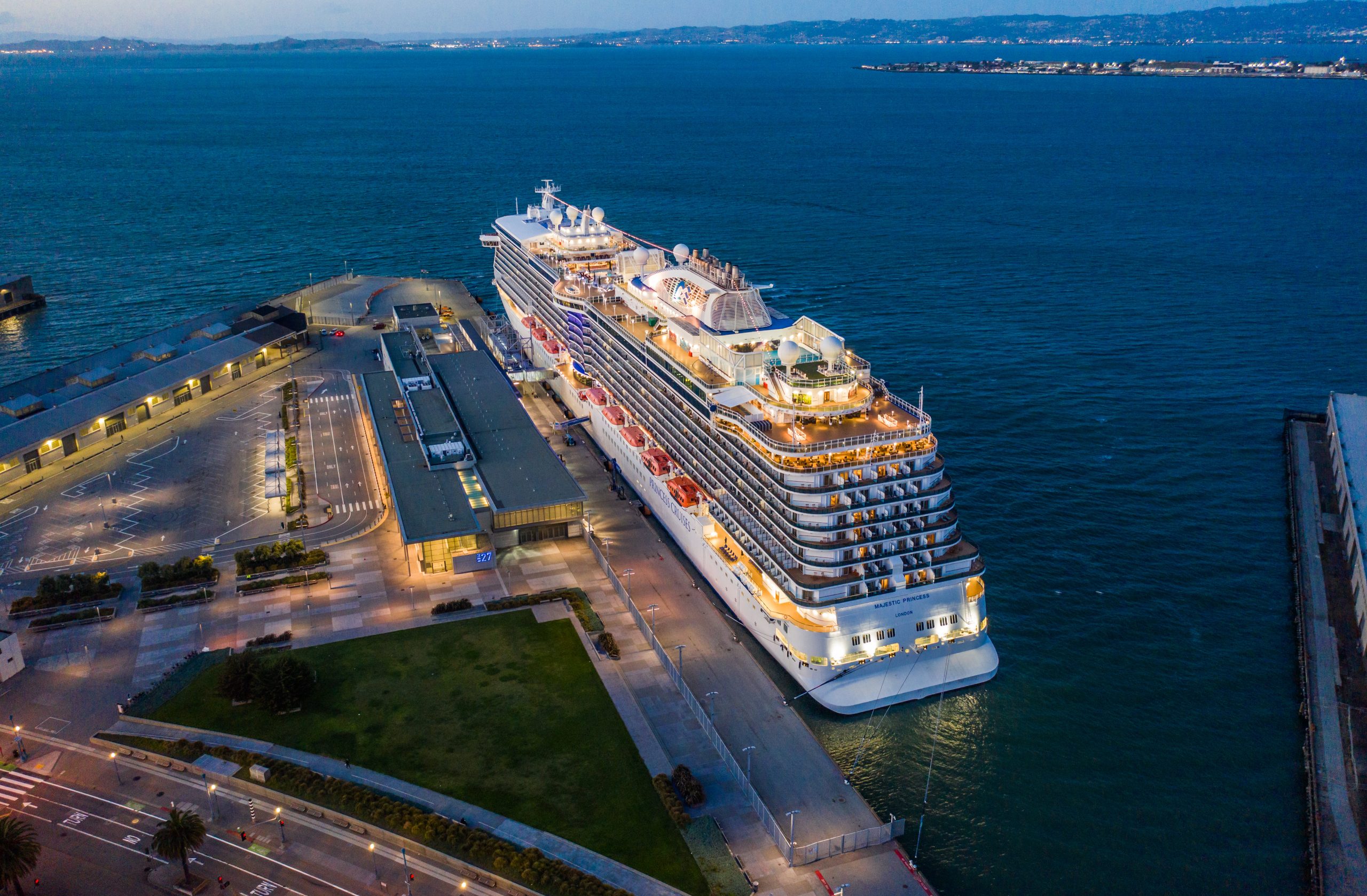Cruise ships are a popular vacation choice for many travelers around the world. But have you ever wondered what happens to your waste when you flush the toilet on one of these vessels?
Where does it all go?
The answer is surprisingly simple: it goes into the ocean. Cruise ships are equipped with special sewage treatment plants that process and filter the waste before releasing it into the sea.
This process is strictly regulated by international maritime law, and cruise lines must adhere to strict standards of water quality in order to remain compliant.
Sewage treatment plants on cruise ships typically use a three-stage process to clean up wastewater. First, large solid particles are filtered out, then chemical additives like chlorine and ozone are added to kill off any remaining bacteria or viruses. Finally, ultraviolet light is used to disinfect the wastewater before it is released back into the ocean.
The water released from these plants is actually cleaner than what’s found in many rivers and streams around the world. In fact, some cruise lines claim that their wastewater meets or exceeds environmental standards set by local authorities in ports of call.
Of course, not all cruise lines treat their wastewater equally. Some may not use advanced filtration systems or chemical additives, which can lead to higher levels of bacteria and viruses being released into the ocean. As a result, travelers should always research a line’s wastewater policies before booking a trip.
Conclusion:
At the end of the day, it’s important to understand where your waste goes when you’re on a cruise ship – specifically that it goes back into the ocean after being treated in a sewage plant. However, not all cruise lines treat their wastewater equally, so it’s important to research their policies before booking a trip.
